Basil is one of the best-smelling herbs in the world. Just a pinch of it will add a distinguished flavor to your meal. It’s never a bad idea to put some basil in your food.
It’s a good herb – it has some health benefits, too. It’s not just the flavor that makes basil great, it’s also super healthy for you!
Any meal’s taste could benefit from some basil – that one goes without the question. Lasagna, pizza, or stew – it all tastes better with some basil!
It’s so popular in Italian cuisine, but it’s worked its way into many other cultures. Store-bought, dried basil is fine, but fresh basil tends to add more flavor to a meal!
Today, you were making some breadsticks with butter and basil. Your whole family couldn’t wait for it to be done, and for the first time, neither could your dog!
She was whining as soon as you got it out of the oven. Your poor pup was desperate to have some, and you wanted to give in right away. But, can dogs eat basil?
Is basil a safe herb for your pup? What can happen to a dog when she eats basil? Continue reading to find out!
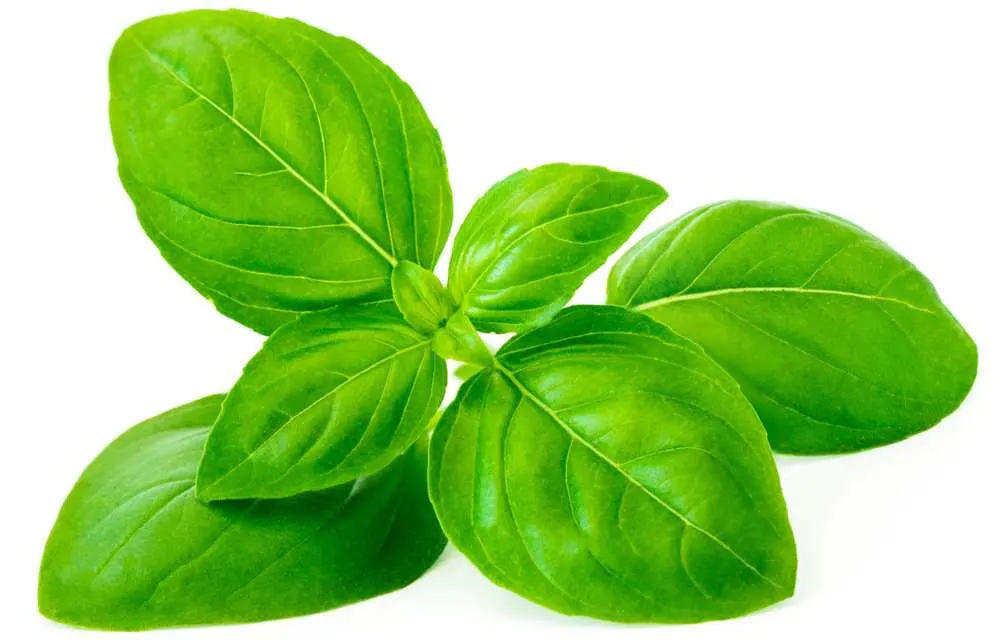
Can Dogs Eat Basil?
Yes, dogs can eat basil! It’s perfectly safe for dogs to eat basil, and in many forms, too! There are a few things to remember, though. Basil, like all other food items, should be introduced to your dog’s diet first.
Dogs can have and even develop food allergies and hypersensitivity. So, if you want your dog to eat something new, the first thing you should check is how the pet feels about the new food.
After the first use, take your time to watch how the dog behaves and reacts to it. If you can spot some unusual behavior or lethargy, discontinue the use!
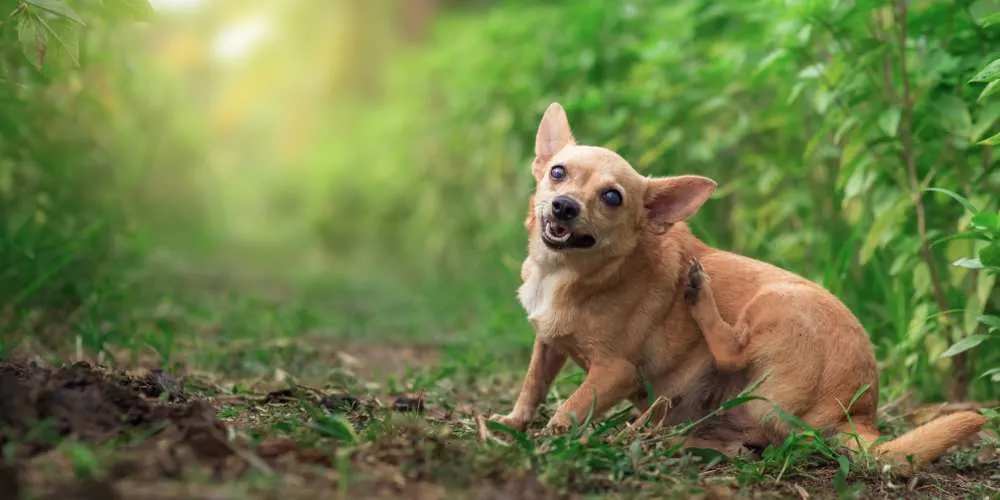
Introducing Basil To Your Dog’s Diet
The introduction of a food item is a crucial part of giving your dog anything new. Aside from checking for food allergies, it has some other benefits, too.
Furthermore, dogs can be put off by some foods, especially if those foods look nothing like meat. Dogs may be omnivores in nature, but they need more meat than vegetables in their diet to live a happy life.
So, that’s why the introduction of new food works like a charm. It consists of giving your dog a tiny amount of the new food the first time and increasing the dose each new time.
Increase the amount until you gradually reach the maximum allowed amount. If you notice at any point that your dog isn’t reacting well, stop using basil!
The best way to use this method is to mix the basil into regular dog food. You can also just sprinkle it on top if you like.
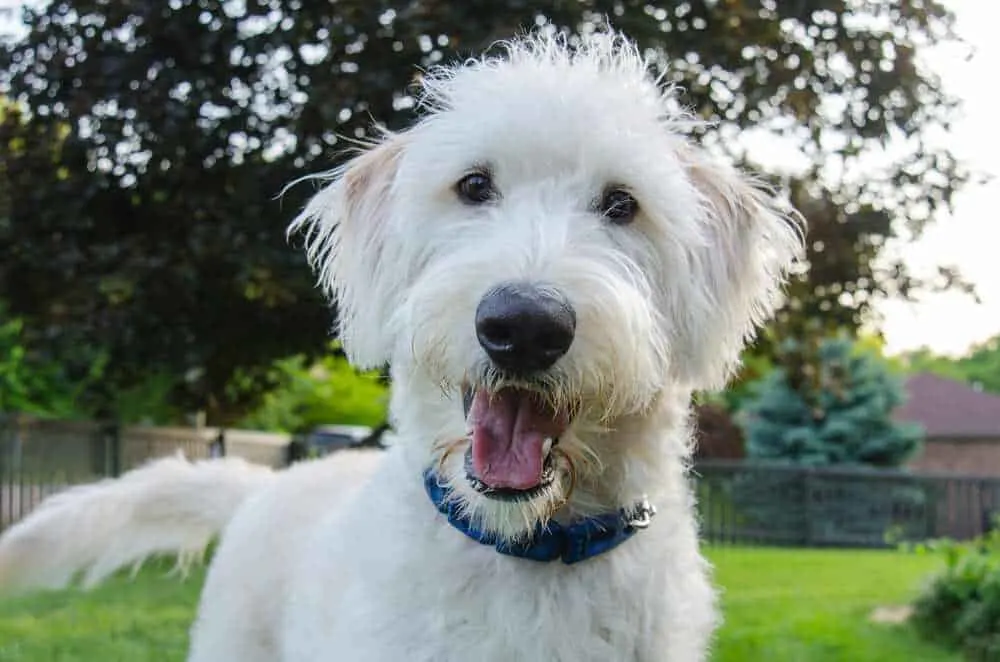
Serving Basil To Your Dog
When you’re giving your dog something new, it’s important to remember that dogs cannot eat all meals humans can. Dogs can be rather sensitive to some meals that are good for people.
So, please refrain from giving your dog foods prepared for your family. Basil may be a herb safe for your pet, but many other herbs and spices are marked unsafe for the dog.
For example, hot peppers are something your dog should never, ever eat. They are very dangerous for your dog, and they can even be lethal for dogs if ingested in a larger quantity!
The same story is with garlic. Many foods that contain basil usually contain garlic, too. Whereas basil is safe, garlic is not. Consequently, don’t give your dog pesto sauce, ever!
If you see your dog eating pesto, go to the emergency vet immediately! If you react on time your dog still has a good chance of getting away scot-free!
When you’re preparing a special meal for your pet, do it aside from a meal meant for your family. Meals suitable for people can contain far too much sodium, among potential harmful items.
When it comes to basil as a herb only, it’s safe in either way – dried or fresh. Both are perfectly safe for your pet, just make sure that the basil is dosed correctly.
If you bought fresh basil in the market or you perhaps took it from your garden, remember to wash it thoroughly first. The surface of the leaves could contain some residual pesticide – and that’s something your dog shouldn’t ingest ever.
Next, make sure to chop the basil leaves into small bits. Dos tend to get excited about food if it smells great, and if they’re excited they tend to forget to chew.
Basil leaves can get stuck on the roof of the mouth or in the throat, which can be upsetting for your pup. Small bits of basil are less likely to cause a disturbance to your dog, so you know what you ought to do!
There are a few things to keep in mind when you’re serving basil for your pet, but it’s not hard to follow. Your pup is sure to enjoy the sweet and savory taste of basil!
Dosage Of Basil
When you’re figuring out how much basil is safe for your pup, remember that less is more. You mustn’t go overboard – too much basil can give your furry baby some tummy woes.
To avoid that, dose basil according to this table:
| Small breeds | Medium breeds | Large breeds |
|---|---|---|
| Up to a pinch | Up to half a teaspoon | Up to a teaspoon |
It may seem like the quantity is too small to have any effect on your pup, but we assure you it’s more than enough! Dogs are smaller than humans, therefore they require fewer nutrients to feel them kicking in!
Do note that dogs benefit from eating basil only when eaten in moderation. There is no need for your pup to eat basil regularly or even every day, once a week or less is more than enough!
Using Basil-based Food As Treats
Foods containing basil can be a great treat for your pup from time to time! We would certainly advise against eating basil too often.
Just remember the 10% rule, though. Treats shouldn’t make over 10% of the daily food ingested!
What If The Dog Eats Too Much Basil?
If the dog eats too much basil by accident, watch how they behave afterward. Some vomiting or diarrhea is to be expected. If the symptoms persist for longer than two to three days, visit the doctor.
If the dog starts acting unusually in any way, and it worries you – visit the emergency veterinarian as soon as possible. It’s better to be safe than sorry!
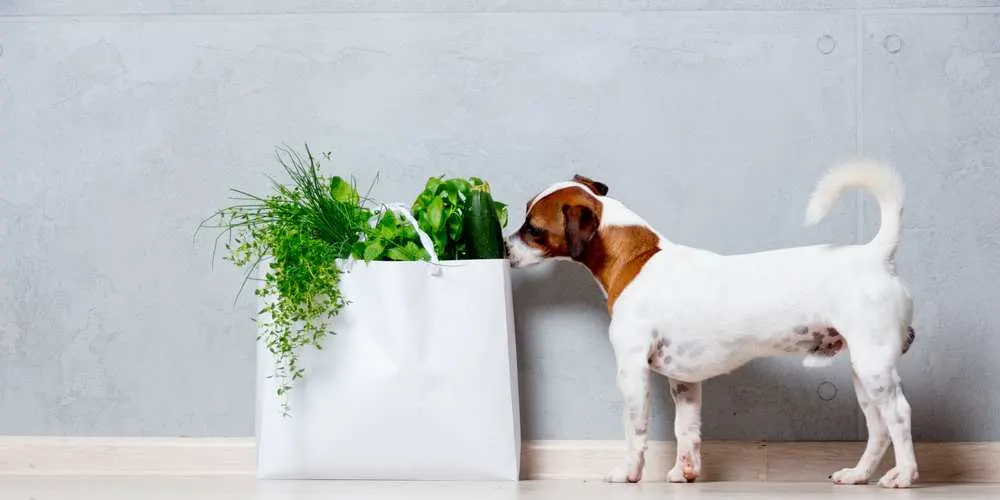
Benefits Of Dogs Eating Basil
We already mentioned how healthy basil is. The flavor may be enough of a reason to start including basil in meals, but the nutrients are, too!
You already know that basil is best for dogs when eaten in moderation. You will see the benefits basil has on your pup in a matter of a month, more or less!
Let’s check out the nutritional value of 1 tablespoon of basil:
| Calories | 1 kcal |
| Protein | 0.2g |
| Total carbohydrate | 0.1g |
| Dietary fiber | 0.1g |
| Vitamin A | 277IU |
| Vitamin K | 29.8mcg |
| Calcium | 9.3mg |
| Iron | 0.2mg |
| Magnesium | 3.4mg |
| Phosphorus | 2.9mg |
We can safely conclude that basil has some great health benefits, even in just one tablespoon! Vitamin A keeps the dog’s fur and skin healthy – so if you notice the fur looking shinier, it’s thanks to basil!
Phosphorus is important for dogs, as well as other minerals in basil, especially when they start aging. It prevents joint pain and bone degradation, as well as eases arthritis pain.
A good amount of vitamin C can be found in basil, but it has no benefits for your dog. Dogs produce the vitamin C they need, all on their own!
Basil is also a good source of antioxidants. Antioxidants prevent cellular damage and they prevent free radicals from entering the skin – so it’s a good way to prevent cancer.
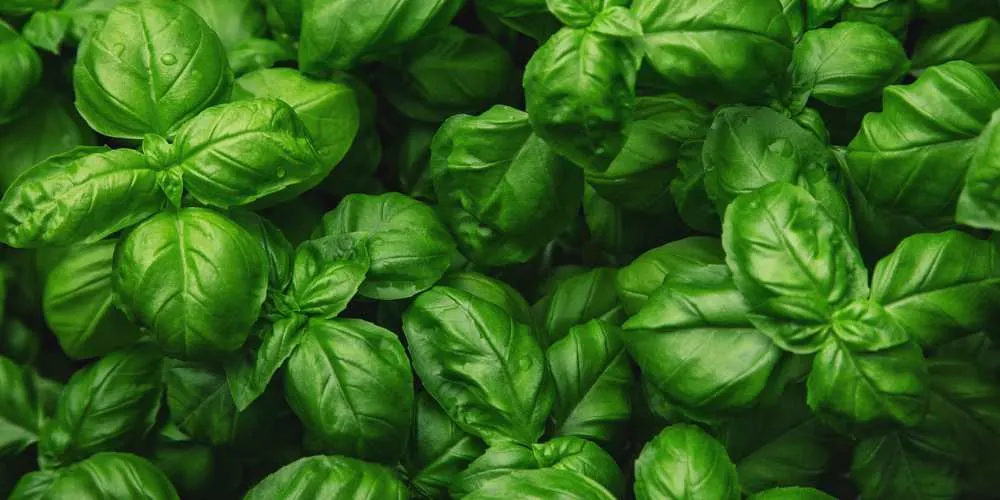
Conclusion
To conclude, dogs can eat basil. It’s safe and super healthy for your pup! Basil eases arthritis symptoms in dogs and prevents cancer among other things. Aside from being so tasty, it’s also beneficial to your pet’s health!
Make sure to dose basil according to the table above. Eating too much basil can have negative effects on your dog’s digestive system, so be careful about the dosage.
When adding basil to your pup’s meals, remember that both dry and fresh basil is fine. Just wash it and chop it for the best results!
Avoid giving meals you made for yourself to your pet. It often contains things your pet may not benefit from, and it could be dangerous, too!
Learn More: What Can Dogs Eat? A Comprehensive List Of Dog-safe Foods


